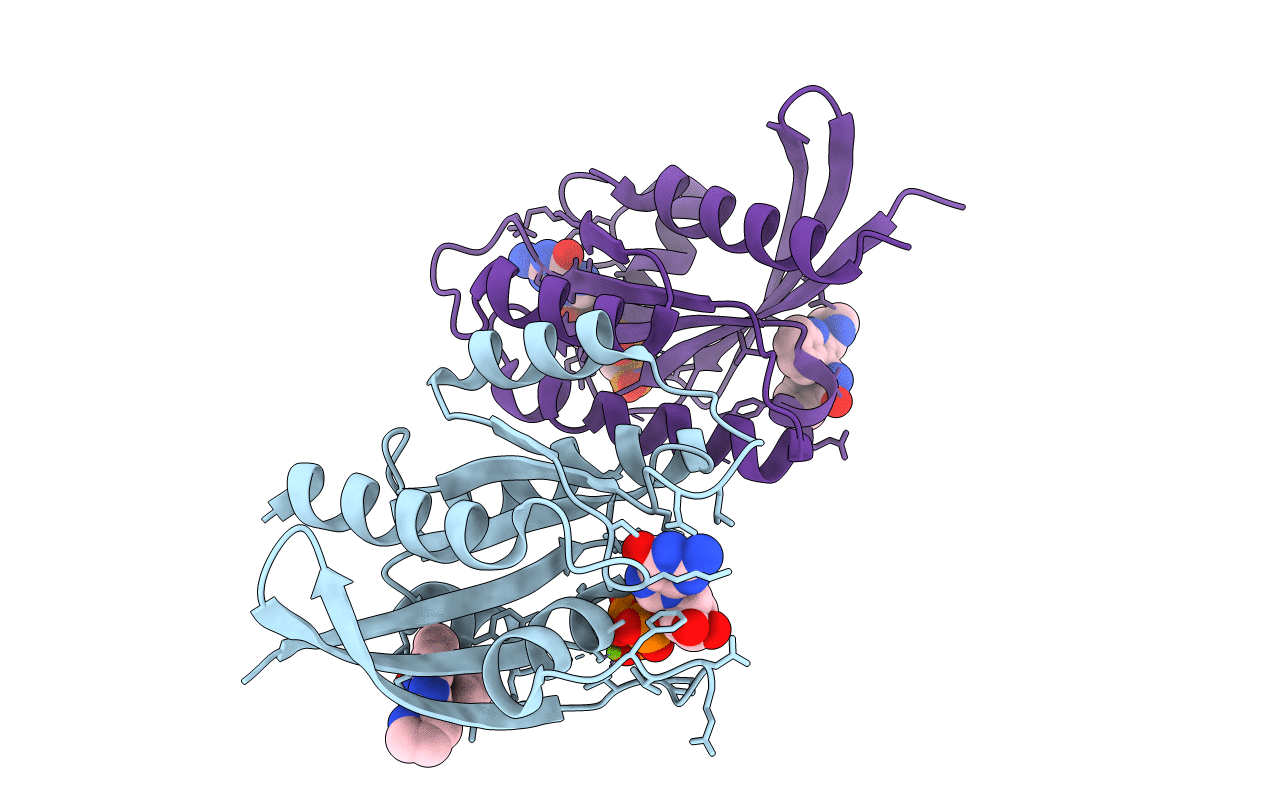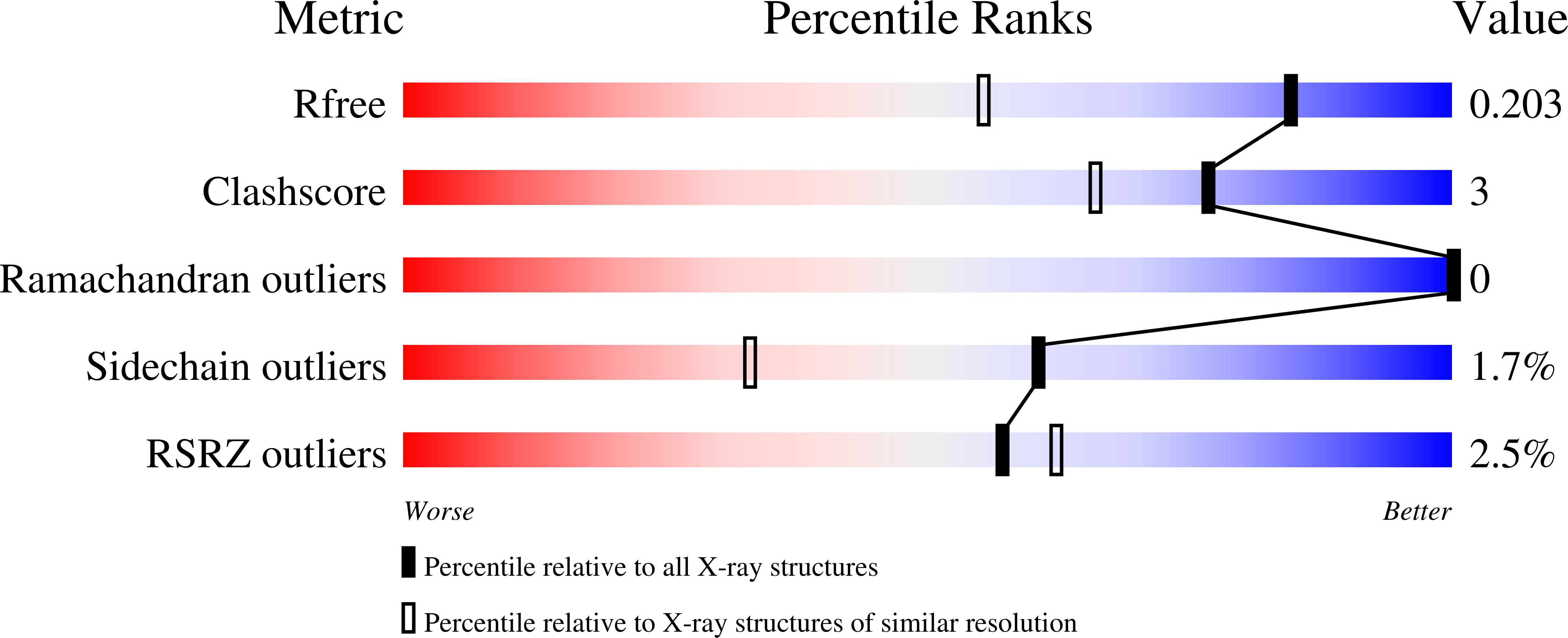
Deposition Date
2018-05-16
Release Date
2019-07-31
Last Version Date
2024-01-17
Entry Detail
PDB ID:
6GJ5
Keywords:
Title:
CRYSTAL STRUCTURE OF KRAS G12D (GPPCP) IN COMPLEX WITH 15
Biological Source:
Source Organism:
Homo sapiens (Taxon ID: 9606)
Host Organism:
Method Details:
Experimental Method:
Resolution:
1.50 Å
R-Value Free:
0.20
R-Value Work:
0.18
R-Value Observed:
0.18
Space Group:
P 1 21 1


